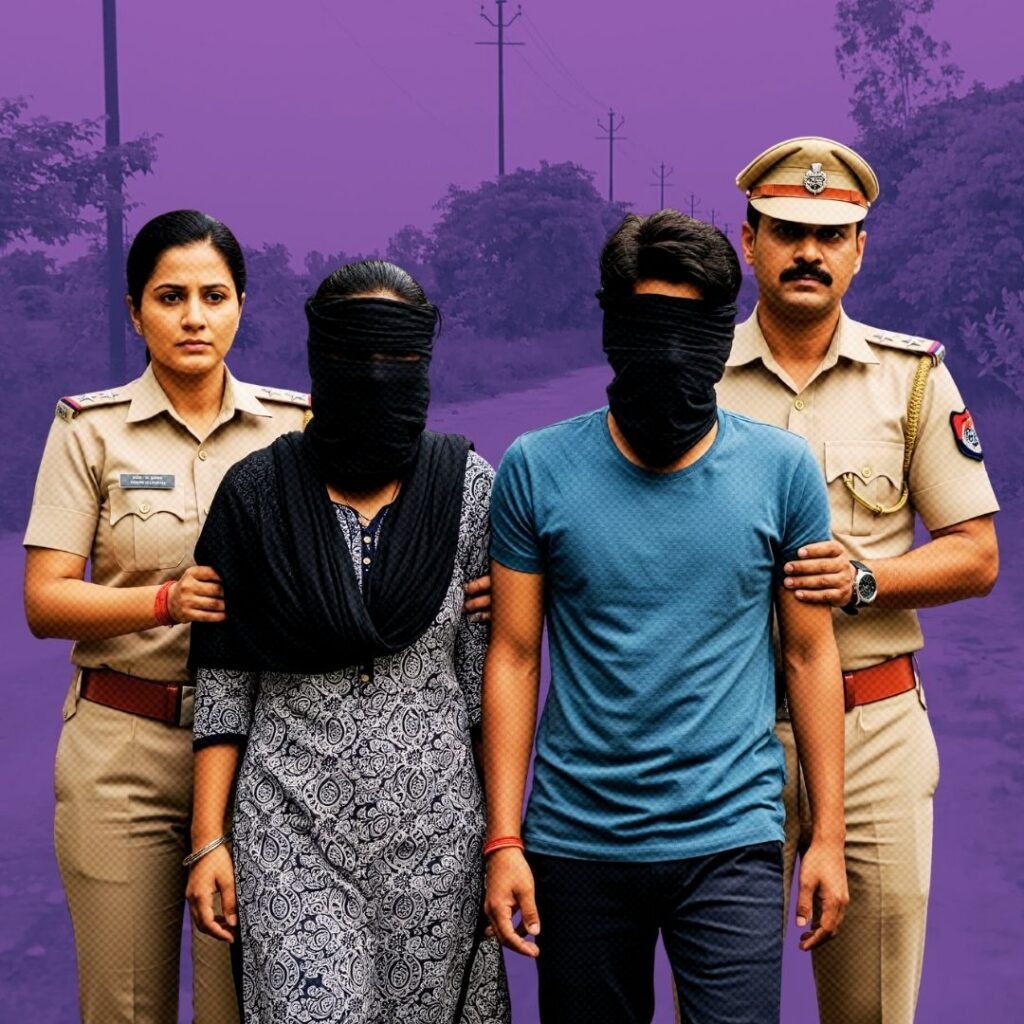“Why does she have to be here? Why can’t she be in school? The 13-year-old me asked my mother this question when our domestic help brought her younger sister, Shabana, 11, to work. My mother explained to me that while we all get an education there are many who do not have the opportunity to go to a school. I tossed and turned that night trying to understand why quality education has to be something that’s accessible to a few. From the very next day, I sat Shabana next to me while I did my homework and taught her the alphabet, numbers, and basic greetings in English. Being a teacher was exciting and she was a fast learner. But just in a few months, she was married and gone. My first student left her studies midway, but that didn’t kill my hope.”
This incident was the trigger to Kanika Sagar’s journey.
India is facing a huge education crisis. There are 430 million children in India, 36% of the total population. Out of this, 176 million kids don’t go to school, 100 million don’t finish primary school, and only 9 million go to college.
Kanika started volunteering with different organisations working in education. Later, she joined Teach For India as a communication specialist and continued to understand the education crisis.
In 2015 when Kanika was in Hoshiarpur, Punjab, she visited a low-income private school to understand the reasons for why the student retention rate is low. “Whatever we do, the kids are not going to study,” said a senior teacher right after she spent an hour explaining different ways and techniques of classroom management. Ironically, that was her eureka moment. She realised that the teachers were very apprehensive of change and the need of the hour is to change the teachers’ mindset.
Addressing the problem
While the basic infrastructure of the schools is in place, what lacks is motivation, awareness, and curiosity to learn. The way education is perceived in the minds of many is something that is done only at school, through blackboards and books.
Kanika spoke to the teachers individually trying to understand their side and what holds them back. She designed workshops on motivation and on the importance of teaching. The teachers showed great interest to learn these techniques and actively participated in the session.
Teacher discussion
For the next session, Kanika sat down with the principal, the supervisors and the teachers and discussed priorities for the school. Together they came up with goals for the school and different ways to achieve each one of them. Everything seemed to be going in the right direction.
Each conversation over the phone with the principal assured positive change. It all made sense until she went back to the school after a few weeks. She was so excited to see the progress and jump into the next thing. But, what she got there was a big surprise. The supervisors were not observing classrooms, simple things like putting up class rules had also not been done, there was no change! No one seemed to be bothered about the goals.
Kanika said to The Logical Indian, “I felt let down, I felt like a failure”.
They seemed to be understanding it all during the sessions but the reality was that they didn’t really care. They felt comfortable in how things had been working for so many years and didn’t want to change their ways.
“I went to a room, sat down for a few minutes, told myself it’s going to be okay. I just had to re-work certain things, talk to the teachers and the supervisors again and get back on track,” she added.
After talking to the teachers and supervisors again, she did some classroom demonstrations and chalked out new sessions to motivate the teachers.She told the teachers that her team would demonstrate strategies for them to understand more clearly. After more talks and demonstrations, the team finally noticing that the teachers were doing things differently in their classrooms.
After a few months, when she went back to the school with a detailed plan of what she was going to do, spent a lot of time talking to the teachers, supervisors, principal, students & the parents, understanding their point of view, analysing their thinking process and assessing their skills & capabilities. This first step helped her articulate the goals for the school.
And thus the journey of Parth began.
Trends that reversed with Parth’s intervention with teachers and parents
Parth Education implements different strategies according to the school they are working with.
Parth works with the parents to help them realise how their role extends beyond sending their child to school since their involvement and how they value education is directly proportionate to the child’s accomplishments.
“We try to understand their side and work towards higher parental involvement”
Strategies Parth Education uses to involve parents are:
During parent-teacher meetings, the teachers are trained to point out what the child is good at – 2 strengths are always accompanied…












